 Loading…
Loading…
Trauma that Remains
 Loading…
Loading…

NEILLY ROSE
 Loading…
Loading…
The following are pictures from the Humes Berlin trip during spring break.
Day two in Berlin was a 10 mile guided tour of the city from Dr Denham. We stopped at various memorials throughout. I was particularly struct by the prominence of graffiti and physical damage from the past. Even from the first day, it was clear that Berlin is like no American city that I am used to.
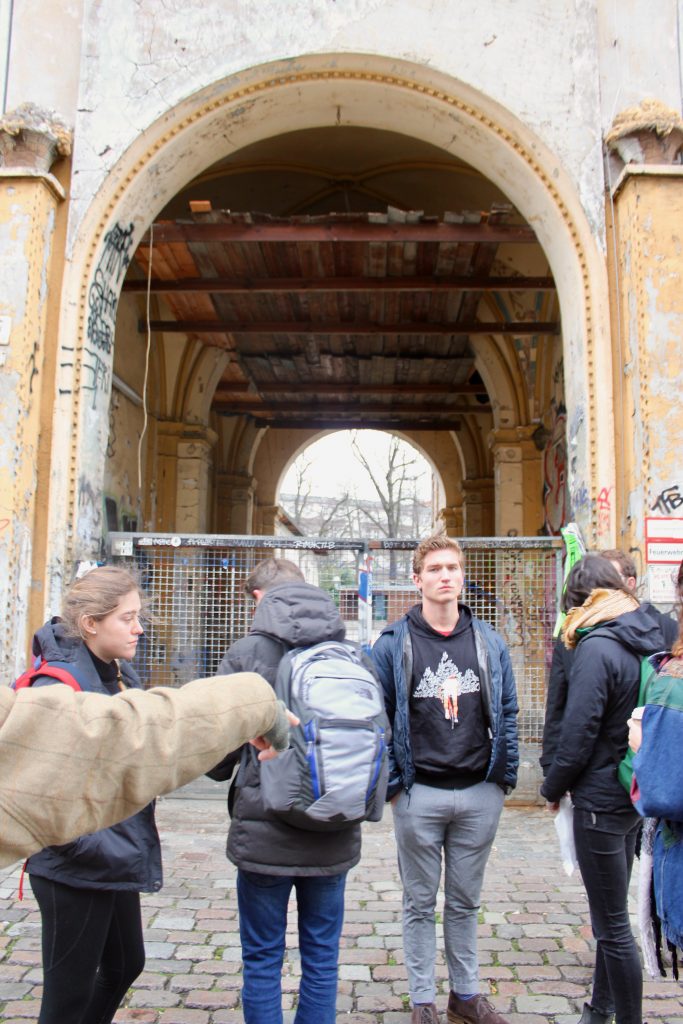


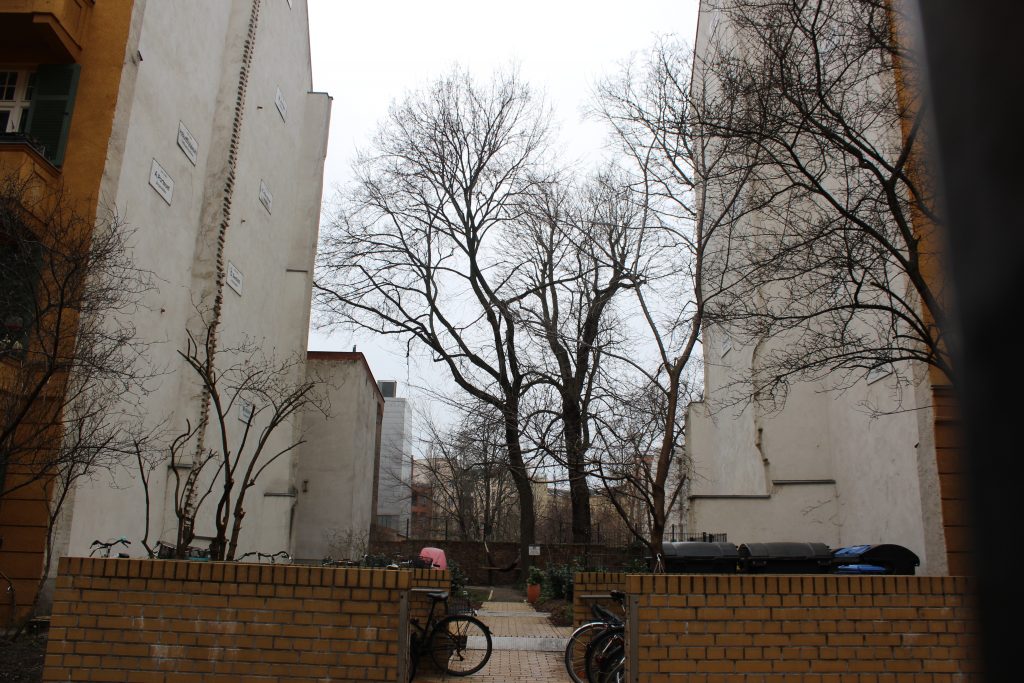

On day three, we visited the Bundestag (German Parliament). We talked to MP Ekin Deligöz and were given a tour of the art collection of the Bundestag by the curator. This experience allowed me to reflect on the differences between the German parliamentary building and the US Capital building. The degree to which the German government seeks to include representation of all Germans in their primary government building was inspiring.


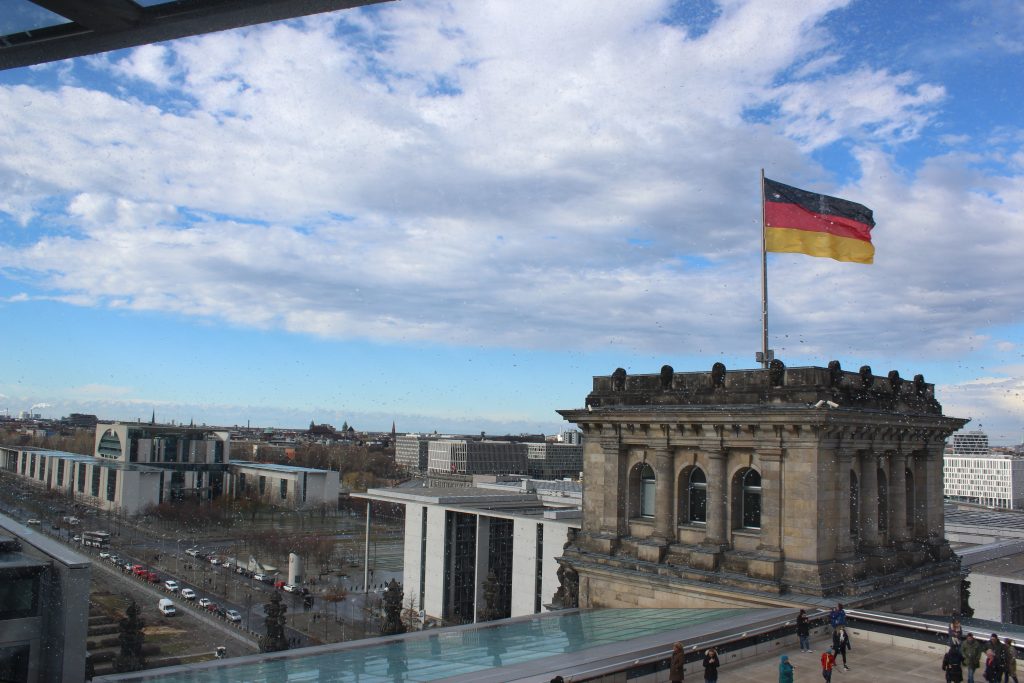

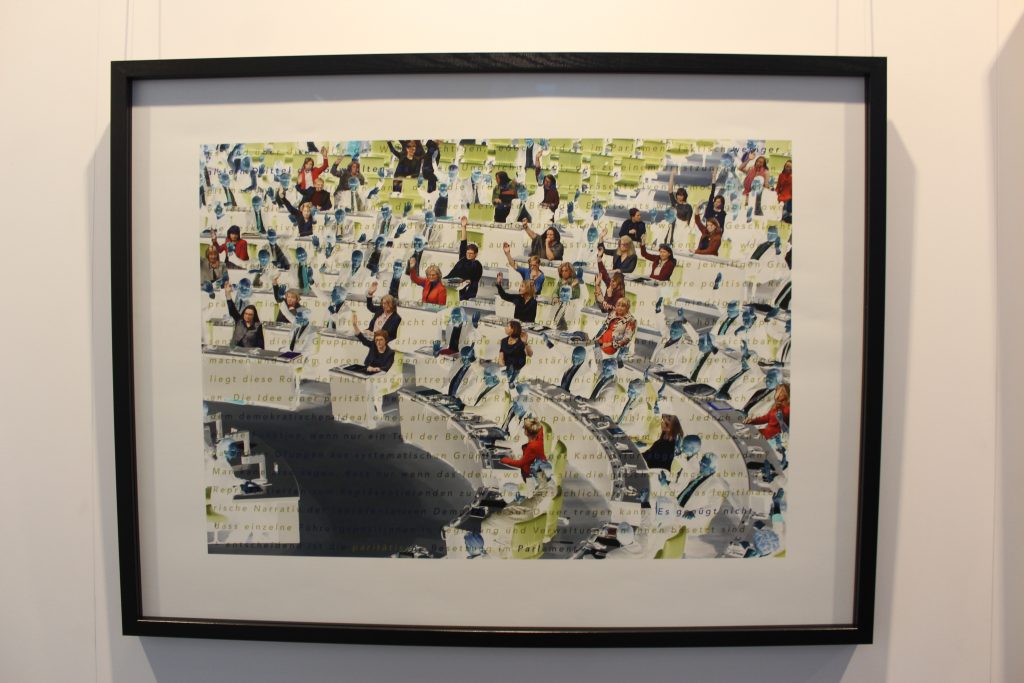
On day 4, we travelled to Sachsenhausen Concentration Camp. This camp was used primarily to imprison gay and disabled Germans and as a training facility for SS officers during World War II. It was then used by Soviet troops when the area came under soviet control as an internment camp for Nazi soldiers and those who were suspected as supporting Nazis.
Visiting Sachsenhausen was the most meaningful experience from the trip. To me, all the money that was spent during the trip was worth sharing this experience with 10 of my classmates and Davidson professors and staff. The power of visiting a site where such atrocities where committed cannot be put into words.
The picture below is one of the two that I took at Sachsenhausen. This quote follows me to this day, as I feel that it applies beyond the Holocaust. I thought back to the United States and our commemoration, or lack there of, of slavery and lynchings in the US.

On day five, we visited various memorials that commemorate different groups that were persecuted during the Holocaust. We also attended a new interpretation of The Magic Flute.




Day six included a visit to Sanssouci, the summer palace of Frederick the Great.

On day 7, we had our first and only “open day.” I chose to visit the Hamburger Banhoff, Berlin’s major contemporary art museum.
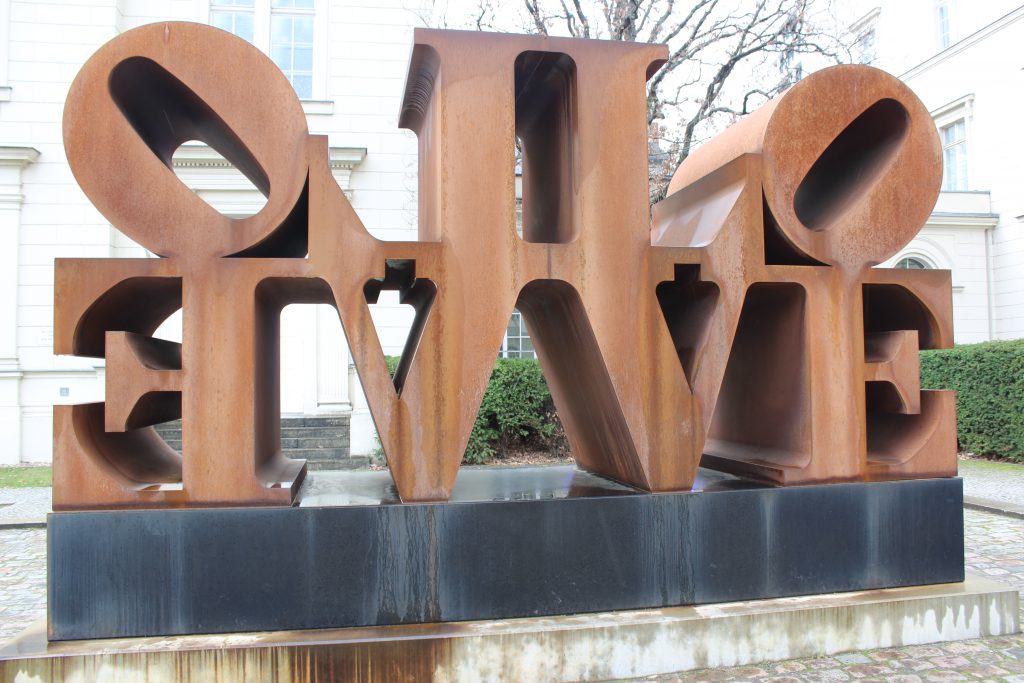
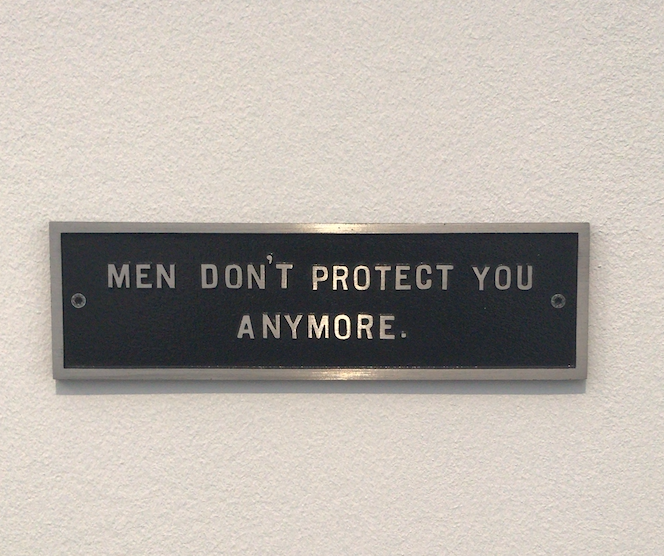
The following is an annotation from my research paper, “Signs of Trauma on the Buildings of Berlin: Reminding or Re-traumatizing Berliners?”
Bernhard Giesen writes about how post memory of World War II and the Holocaust have created a collective German identity formed from trauma. Giesen writes that “memory marks the center of identity.” Just as the heroics of US soldiers have been internalized into a culture of patriotic “winners,” the trauma of the horrific actions of Germany in the past has been internalized into German citizens, many of whom are 2 generations removed from those events. The Holocaust traumatized German society through “not only from ruin and rape, death and defeat, but also from the sudden loss of self-respect and moral integrity.” After World War II, the individual traumas of rape, death, and dehumanization and the collective trauma of guilt were internalized by German citizens, who chose to hardly speak of their role. Marred buildings and the remainders of war simply reinforce the trauma that is already felt by German citizens. Giesen would argue that the trauma of the Holocaust and World War II is already ingrained in German society, therefore eliminating the necessity to preserve these scarred buildings. As memorials and stumbling stones can be seen throughout Berlin, there is merit to the argument that the Berliner’s are actively remembering their city’s past and would be able to continue doing so without these buildings.
The following are two poems that were inspired by my research paper (which can be found under the research tab), my study trip to Berlin, and the Memorial for Peace and Justice in Montgomery, AL which I visited this past December.
I was particularly inspired by a line from my own research paper (admittedly, this is a bit self-satisfying). The sentence is as follows: “Erasure of signs of trauma and violence soothes consciences and allows people to ignore the past in the spaces they inhabit in the present.” When reviewing my paper for errors, I began to think about the implications of this statement beyond my topic of Berlin. Examples of guilt and erasure are everywhere, including in Davidson. This course has helped me become more cognizant of this reality.
What’s Done Is Done And Other Lies We Tell Ourselves To Soothe Our Souls
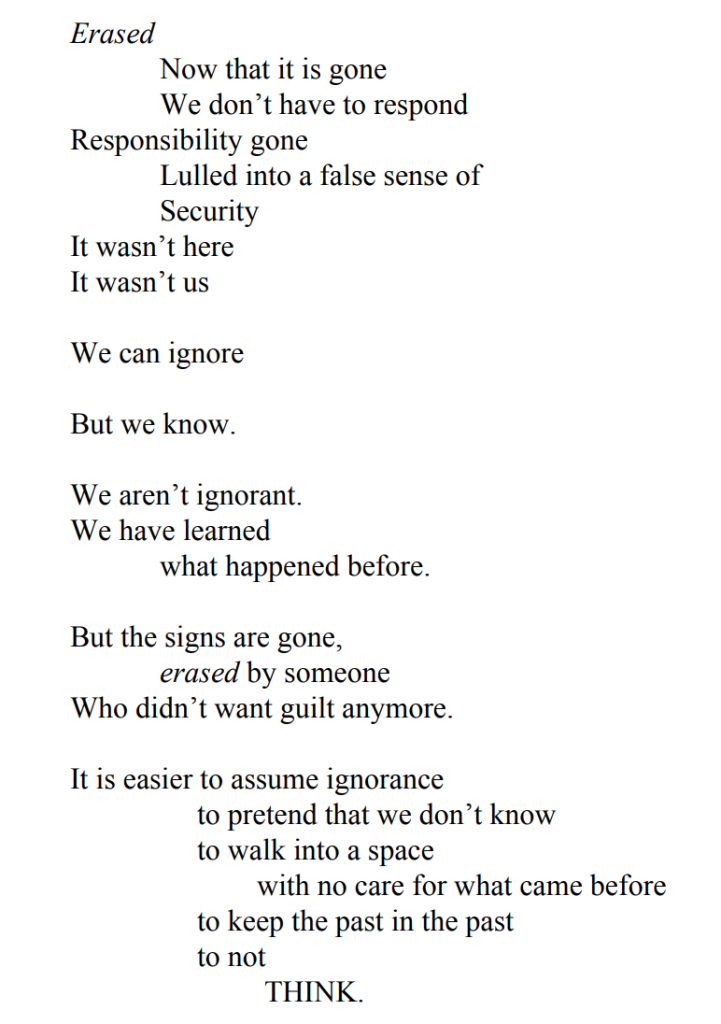

Revolutions are varied. Beyond the traditional political revolutions, revolutions of the earth, social revolutions, industrial revolutions, and scientific revolutions are each a part of the conceptual schema. While each revolution is “enormously varied,” they share fundamental characteristics. Revolutions must result in a substantial change from the status quo and be intentional change. The status quo signifies whatever thought, governing body, or philosophy holds power over society. The status quo is reality at the time. Revolutions need not be moral; a revolution does not need to seek “good.”
Jack Goldstone, Revolutions: A Very Short Introduction, (Oxford University Press, 2014), 2.
Lewis H. Lapham, Lapham’s Quarterly: Revolution, (New York: 2014).
The Humanities can be defined as the study of the human experience, which encompasses human thought and its products, and how it informs the present. One of the goals of this course is to define the humanities through studying the products of humans- whether it be the scientific contributions of Kant or the poetics of Paul Celan. In this study, we are instructed to analyze the works of those before us and compare them to the other historical pieces and to the present in order to gain insight on the human experience. We do so with an appreciation to past experiences and how they impact the present.
We study products of humanity in order to gain insight on what makes us human. When we lose sight of what makes us human, we revert to the “thoughtless evil.” One purpose of studying the humanities is to protect us against this banal evil through creating empathy with past human experiences.
Hannah Arendt, Eichmann in Jerusalem (New York, NY: Viking Press, 1963), quoted in Valerie Hartouni, Visualizing Atrocity: Arendt, Evil, and the Optics of Thoughtlessness, (New York and London: New York University Press, 2012)
The following project is from Unit 4 of the Humanities curriculum. The goal of this project was to explain Jacques Derrida’s method of reading the works of Paul Celan and then use Derrida’s lense to interpret one of Celan’s poem. I chose to revise this project because it was the most intellectually challenging project that I completed this year. This isn’t a conventional essay, it is a reading and analysis of poetry through a lense of a the French philosopher Jacques Derrida
 Loading…
Loading…
On November 13th, Charles Mills, a prominent political philosopher, visited Davidson College and delivered a lecture entitled “Racial Justice.” Mills’ lecture focused on dealing with racial justice within a liberal framework. The premise of this lecture was to debate if racism can ever be eradicated within a historically racist system.
Mills deconstructed racial justice to include two subgroups: g-justice and t-justice. G-justice represents justice for a groups and t-justice represents theories of justice. Mills then presented two options: either a modification of t-justice to include g-justice or a “complete rejection” of t-justice as justice at all. Mills continued to explain that he proposes the former, modifying the existing framework of Rawlsianism to include structures that would result in g-justice. This requires “corrective justice” through ending racial exploitation, racial disrespect, and second class citizenship of the non-white races.
While I found Mills’ lecture fascinating, it was Mills’ reasoning for why he chose the first option, adaptation, that I found most intriguing. One student asked Mills why he chose to adapt an existing framework instead of creating his own framework, prompting Mills to explain that it is easier for other to understand and accept something that is familiar than something entirely new created by “a guy with an accent that they had never heard of before.” This argument reminded me of something I focussed on in Unit 1 of the Humanities program, the tendency of people proposing shifts in conceptual schemas to use the “tools of the oppressor,” or existing theories to justify their new ideas. This tool was used by Dr King in his Letter From a Birmingham Jail, as he alluded to past philosophers like St Augustine in order to justify his own theory of corrective justice through the justification of breaking “unjust laws.” Both Mills and King argued in favor of adjusting existing systems instead of a complete upheaval and creation of something new. In situations where the ideas being presented can be viewed as “extreme” or “irrational,” it may be easier to follow King and Mills in simply adapting the status quo to fit their own philosophies of justice. The inherent desire of all humans to be “right” causes resistance to new ideas. If a bit of similarity remains between the previous conceptual schema and the schema proposed, the new schema becomes easier to accept. As Mills said that he seeks general acceptance of the modified Rawlsian liberalism, the best way to achieve this was to take what people already understand and modify it to accommodate the changes needed to achieve racial justice.
While I found Mills’ lecture fascinating, it was Mills’ reasoning for why he chose the first option, adaptation, that I found most intriguing. One student asked Mills why he chose to adapt an existing framework instead of creating his own framework, prompting Mills to explain that it is easier for other to understand and accept something that is familiar than something entirely new created by “a guy with an accent that they had never heard of before.” This argument reminded me of something I focussed on in Unit 1 of the Humanities program, the tendency of people proposing shifts in conceptual schemas to use the “tools of the oppressor,” or existing theories to justify their new ideas. This tool was used by Dr King in his Letter From a Birmingham Jail, as he alluded to past philosophers like St Augustine in order to justify his own theory of corrective justice through the justification of breaking “unjust laws.” Both Mills and King argued in favor of adjusting existing systems instead of a complete upheaval and creation of something new. In situations where the ideas being presented can be viewed as “extreme” or “irrational,” it may be easier to follow King and Mills in simply adapting the status quo to fit their own philosophies of justice. The inherent desire of all humans to be “right” causes resistance to new ideas. If a bit of similarity remains between the previous conceptual schema and the schema proposed, the new schema becomes easier to accept. As Mills said that he seeks general acceptance of the modified Rawlsian liberalism, the best way to achieve this was to take what people already understand and modify it to accommodate the changes needed to achieve racial justice.
Bibliography
King, Martin Luther. Letter from a Birmingham Jail. New York: NY, Writer’s House, 1963. Quoted in Rider, Jonathan. Gospel of Freedom: Martin Luther King, Jr.s Letter from Birmingham Jail and the Struggle That Changed a Nation. New York: Bloomsbury Press,
Mills, Charles. “Racial Justice.” Paper presented at Davidson College, Davidson, NC, November 13th, 2018.
The background of my portfolio is a collage of pictures of the sun setting in front of my home in Wellfleet, MA over the course of a year. From my deck, I can see the sun progress from one island to the other across the horizon. The two pine trees are the focal point of the image and were what I used to judge the placement of the images. I chose this image as my background and non-textual element as it reminded me of the Copernican Revolution unit. Copernicus revolutionized how humans think about our place in the universe when he argued that the position of the Sun changes as the Earth revolves around it. Our understanding of the Earth’s revolution is a result of the Copernican Revolution. Before the Copernican Revolution, my collage could be used as evidence of that the sun revolves around the Earth. However, because of the work of Copernicus we now know that any differences in the orientation of the sun are due to the earth’s revolution. In this way, this collage demonstrates the progress of humanity. As humanity’s scientific knowledge has increased, our understanding of the world around us has changed.
When you view this collage, what parts of humanity and the humanities does it make you think about? How do you fit in this revolution of the sun?